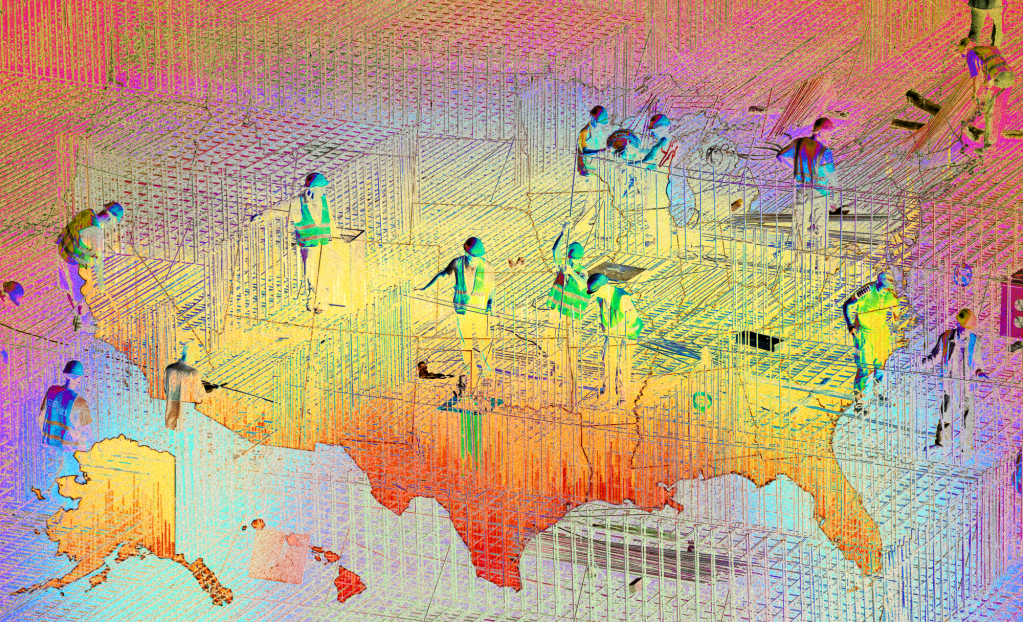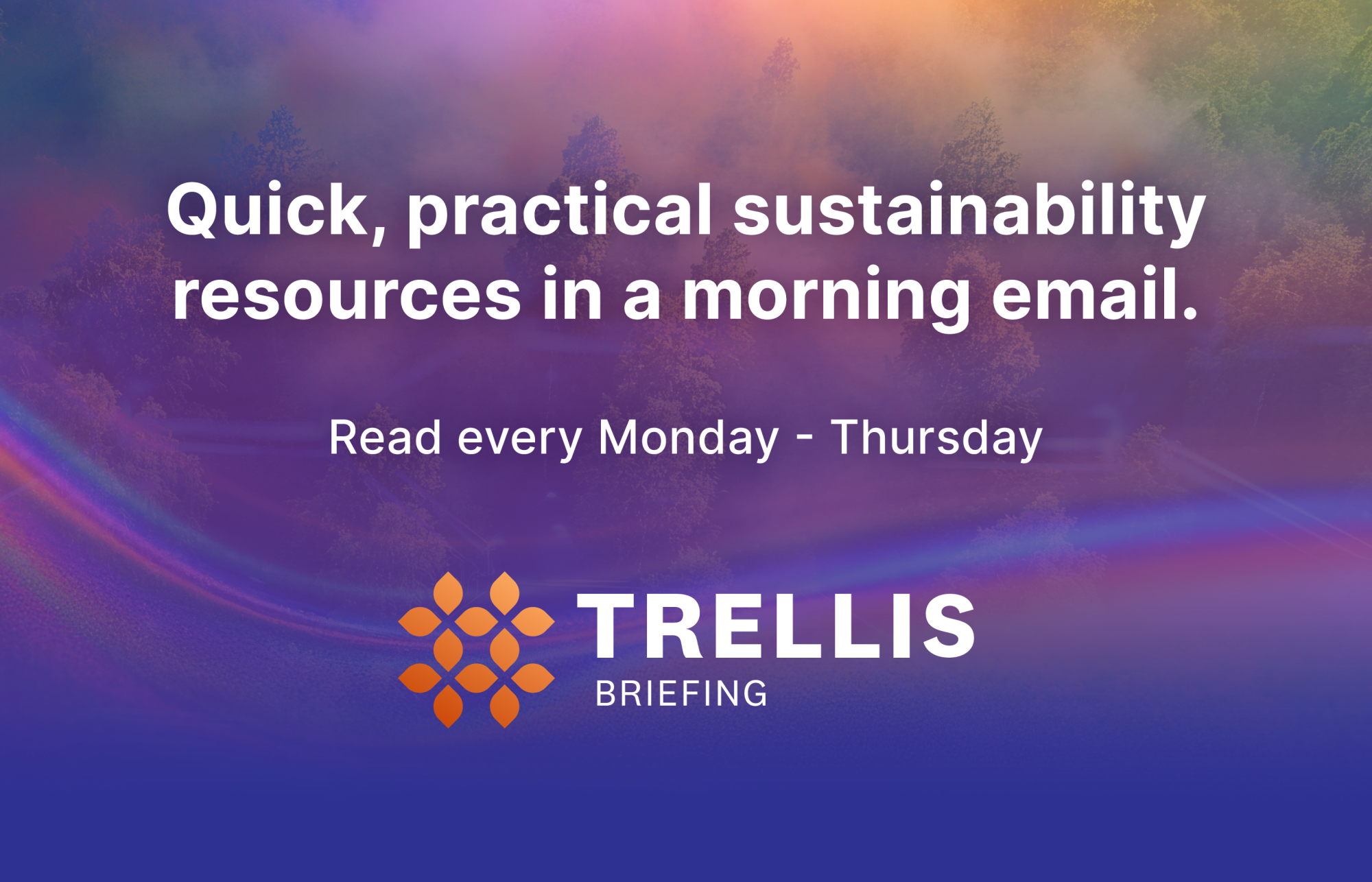Extreme heat: 6 steps to help employees manage it
In the absence of federal policy, some states are implementing their own workplace heat-safety rules. Read More

- Increasing global temperatures mean workers are facing greater risk of heat-related illness or even death.
- The threats to workers means bigger risks for employers, as workers compensation claims and the costs of insurance increase.
- In the absence of federal heat-safety policy, states and businesses are filling the void by implementing their own rules.
The opinions expressed here by Trellis expert contributors are their own, not those of Trellis.
Nobody feels the effects of rising global temperatures than workers exposed to severe heat.
For construction workers, farm laborers, delivery people and millions of others who get paid to work outdoors, extreme heat has become a normal part of the day that presents increasing risks of heat-related illness or even death. Indoor workers, too, can face similar dangers in buildings that haven’t been designed or upgraded for long periods of extreme heat.
Research from the Workers Compensation Research Institute found a seven-fold increase in heat-related illness on days with temperatures between 90 and 95 degrees compared to days between 75 and 80 degrees. On days over 100 degrees, they’re 18 times more likely. Notably, these injuries are most common with younger and less-experienced workers, suggesting that workers with less experience in navigating extreme heat would benefit from clearer guidance on how to manage it.
A federal policy void
The federal government took steps last year to start addressing these challenges when the Occupational Safety and Health Administration issued a draft heat rule for workers that would require training, on-site shade and water, regular breaks and other measures depending on the temperature. Originally proposed under the prior administration, the regulatory process is still ongoing — despite the Trump administration’s general disinterest in climate policy.
While it’s uncertain whether or how the current administration will move forward with the policy, its main purpose remains critical: to reduce the risk of heat-related injury and illness for workers. At the same time, it gives businesses a valuable test case for climate adaptation and an opportunity to support smart risk management that contains heat-related costs while also protecting workforces and productivity.
In the absence of a federal standard, several states have implemented workplace heat safety rules, such as California, Colorado and Maryland, and some leading companies have taken measures of their own. Best practices that companies can take include:
- Training on heat hazards, including how to identify the symptoms of heat stroke and other health issues
- Scheduling regular breaks or allowing workers to take them as needed, in designated shaded or cool areas close to water and bathrooms, to prevent and monitor for heat-illness symptoms
- Adjusting dress codes to allow for cooler attire
- Employer-provided cool water and electrolyte drinks
- Employer-provided shaded areas at worksites
- Scheduling work for the coolest times of the day
A costly risk for companies
Beyond looking at policies, unmitigated risk is costly for businesses. The rate of heat-related worker compensation claims in the U.S. Southwest more than doubled on average between 2009 and 2019, according to risk management consultancy Marsh, from 0.1 percent to 0.2 percent of all claims – although that is almost certainly an undercount due to inconsistent reporting and data collection methods.
Other research has found that heat-related occupational injuries across the U.S. have increased by about a third between 2000 and 2020. Marsh also found that heat exhaustion can affect mental and physical abilities that result in other accidents, noting: “The absence of dedicated regulations leaves workers vulnerable to heat-related health risks.”
The Swiss Re Institute, the research arm of the Swiss risk management giant, has found that between workers compensation, higher medical costs and the risk of litigation, “extreme heat poses a growing threat to the insurance industry.”
Without clear public policies, businesses can expect an accelerated rise in insurance costs and even the possibility of un-insurability in regions of the country that face dangerously high temperatures. The consequences of extreme heat are already driving the loss of insurance in other parts of the economy, such as utilities unable to secure affordable insurance for transmission lines and other infrastructure in wildfire-prone areas.
Addressing the effects of heat on workers will require a policy foundation that ensures both workers and companies remain protected and productive: workers through safer workplaces and their employers through consistent risk management practices at worksites that facilitate a stable insurance market despite rising temperatures and extreme heat.

Subscribe to Trellis Briefing
Featured Reports

The Premier Event for Sustainable Business Leaders
















